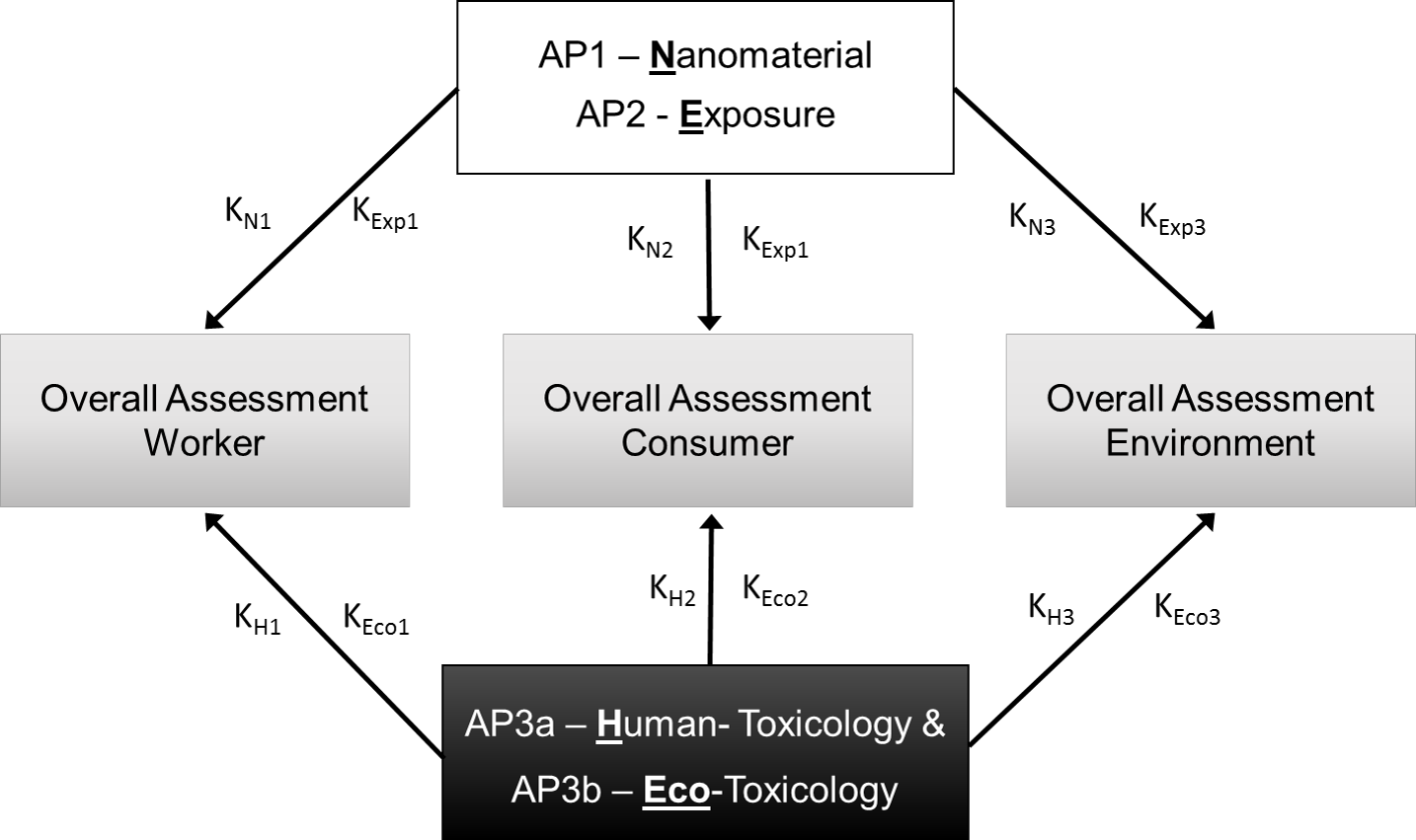nanoGRAVUR : nanostructured materials – grouping for occupational health, consumer and environmental protection and risk mitigation
Nanotechnology offers numerous new applications in various areas of industry (e.g., in the chemical industry, electrical engineering, and medical engineering). The specific challenge lies in the optimal use of the potentials of these partially new technologies and, at the same time, in their responsible handling.

In view of the large variety of existing synthetic nanomaterials, some of which have been used for decades in conventional products and most of which, besides, are available in numerous modifications (different sizes, shapes, chemical composition, and surface functionalisation), the effort of analysing their behaviour and effects while observing specific regulatory requirements is tremendous. Regarding the variability of possible effects, it is, in addition, impossible, to assess the potential risk for each individual nanomaterial.
The current state of knowledge on the hazard of nanomaterials towards protected assets is so complex that the nanoGRAVUR project made it its central objective to develop different criteria catalogues for a grouping of nanomaterials according to the respective potentials for exposure, hazard and risk. The grouping approach, which so far has been used only in special cases (e.g. for fibres), can, among other things be used in areas such as occupational health and safety, product identification, and regulation, which presently still must rely on individual case studies.
Project Website (in German): www.iuta.de/nanogravur/